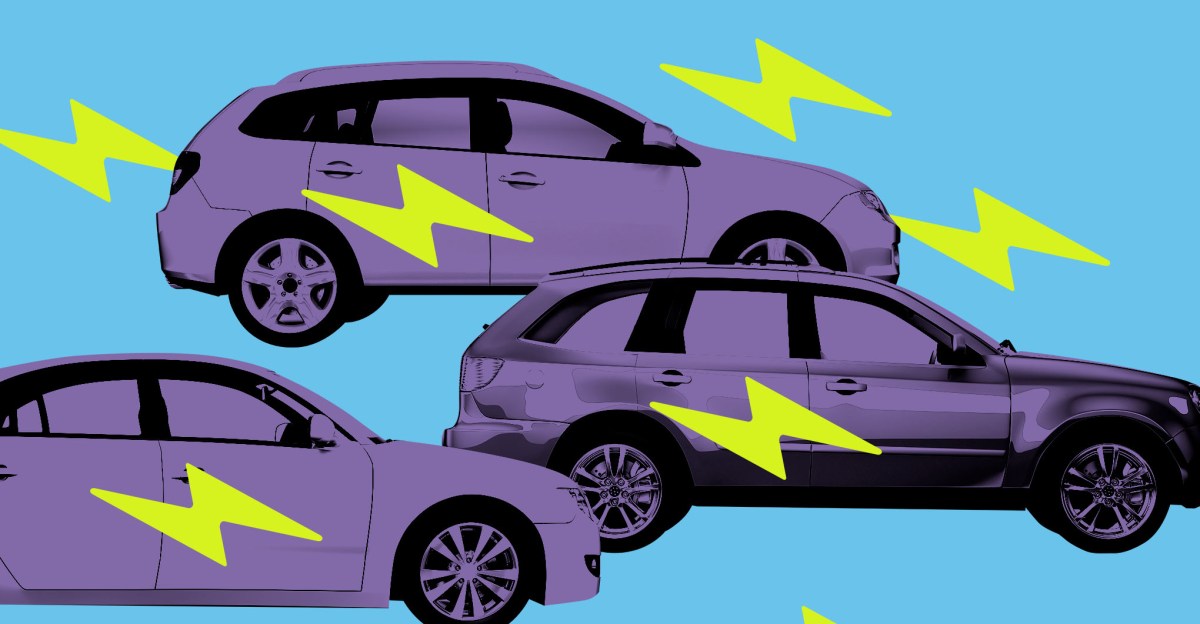Smartphone apps that track our driving behavior may be the key to safer road conditions.
The AAA Foundation for Traffic Safety just published a study that found that using smartphone apps to monitor driver behavior, and then providing summaries of that behavior via text message or a data dashboard, leads to safer driving.
Researchers borrowed techniques from usage-based insurance (UBI) programs, in which insurance companies use smartphone apps to measure dangerous driving behaviors, like hard braking, sudden acceleration, and speeding. Rather than rely on actuarial data, like driving records and vehicle type, UBI programs use real-time data from app trackers to determine premiums. These are typically opt-in programs, marketed as a way to lower premiums. But if your driving isn’t as safe as you think, it can lead to higher monthly payments.
Most people have an aversion to being tracked in real-time by their insurance company. But the AAA group was able to show that these methods can lead to safer driving — even after the tracking apps are turned off. Participants were told their data was being reviewed as part of a research study, and not being used by insurance companies to lower or raise their rates.
Most people have an aversion to being tracked in real-time by their insurance company.
The research team corralled 1,400 participants and split them into four groups: a control group; a standard feedback group, which were given weekly feedback via text on all behaviors monitored; an assigned goal group, which were given weekly text feedback on one behavior; and a chosen goal group, which selected their own behavior on which to receive feedback.
Among the three feedback groups, 13 percent of participants showed a reduction in speeding, 21 percent showed a reduction in hard braking, and 25 percent experienced less rapid acceleration.
Participants also gave their own feedback on tactics for changing their driving behavior: 67.4 percent said they would be persuaded by the potential to earn extra money; 53.9 percent liked weekly feedback via text message; and 45.8 percent preferred a weekly dashboard that provided detailed driving information for the week.
The research team also monitored the groups’ use of smartphones while driving, and were surprised to find that terrible behavior remained mostly unchanged. They theorized that providing baseline safety scores at the start of the study led drivers to believe they were being safer than they actually were — and therefore, less in need for improvement.
13 percent of participants showed a reduction in speeding
After the 12-week study, participants were monitored for an additional six weeks without any feedback to determine whether their improved driving would persist. The study found that generally they continued to drive more safely.
“It’s encouraging to see that many individuals stuck with safer habits even after the study,” said Jake Nelson, AAA’s director of traffic safety advocacy, in a statement. “This shows that positive reinforcement, not just punitive measures, can lead to safer driving habits that can save lives.”
In 2023, over 40,000 people died in vehicle crashes in the US. AAA says the research results point to the need for innovative approaches to educating people about safer driving behavior.
Most people have an aversion to being tracked while they drive — especially when you consider that most drivers have an overinflated sense of their own behavior. But UBI programs are growing. In 2020, 16 percent of auto insurance shoppers were offered UBI and 12 percent of them enrolled, according to USA Today. In 2024, 15 percent of buyers were offered UBI, but a almost a fifth of them signed up.
We already use our phones to monitor a lot of our behavior, including our steps, our sleep, and our eating habits. Why not driving?
Read the full article here














